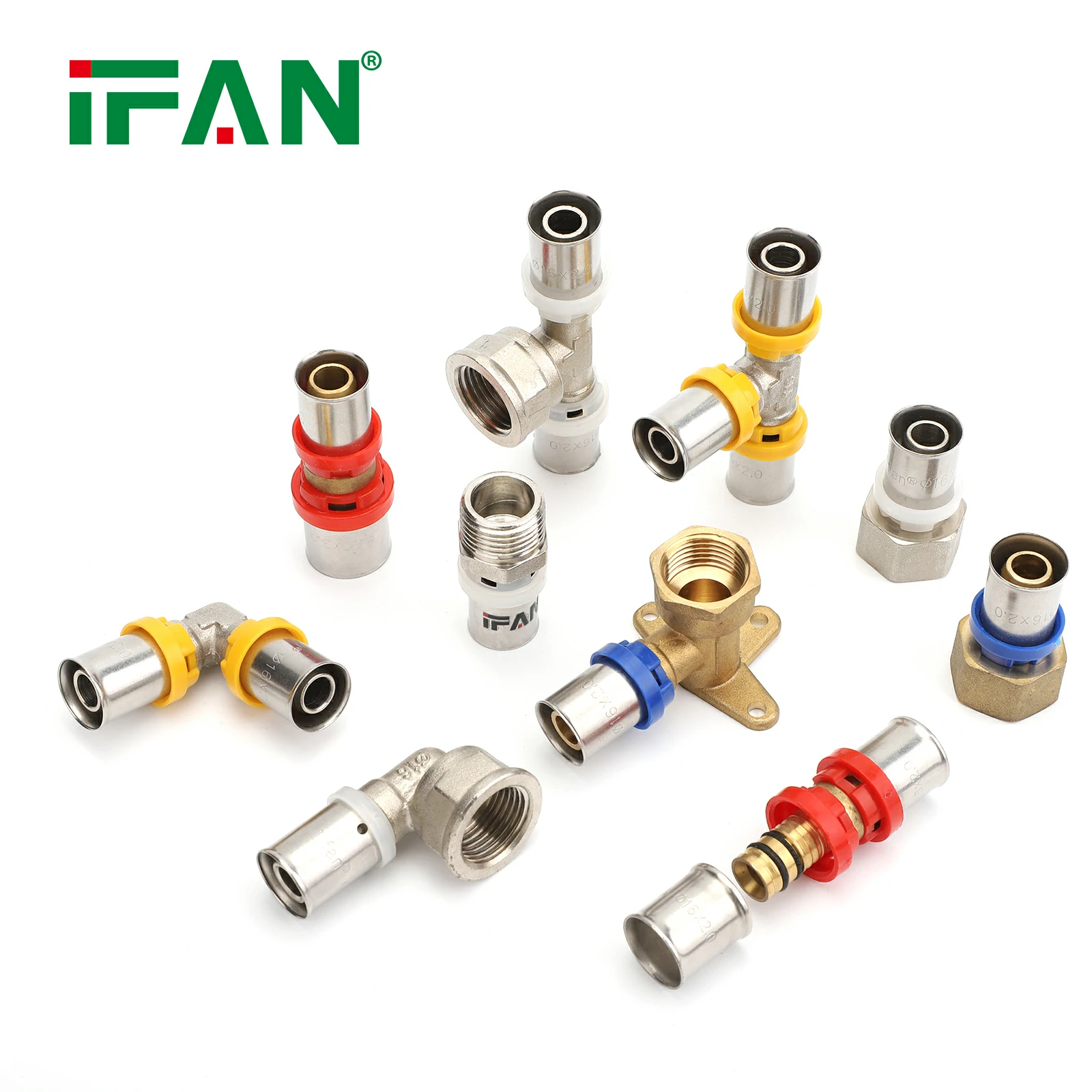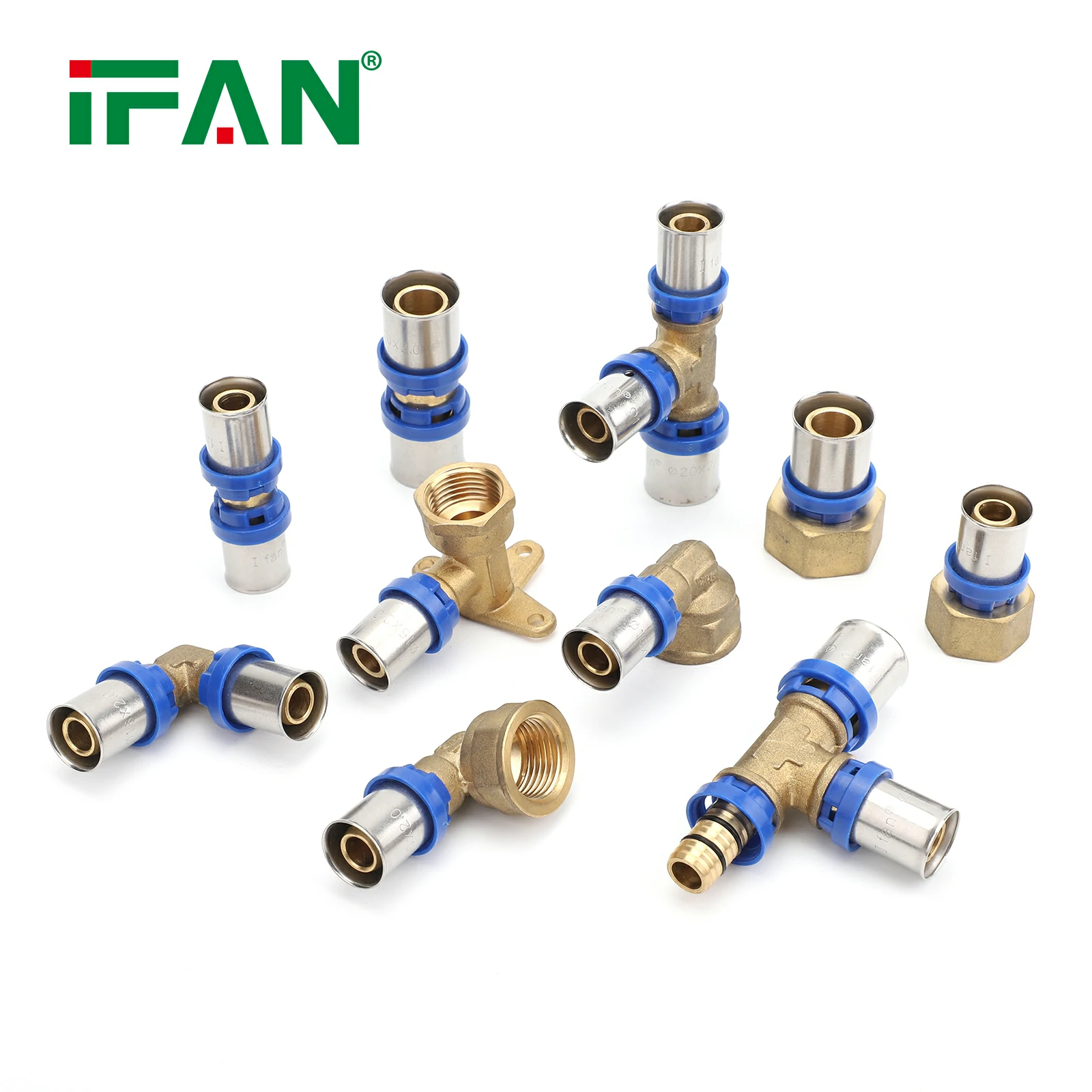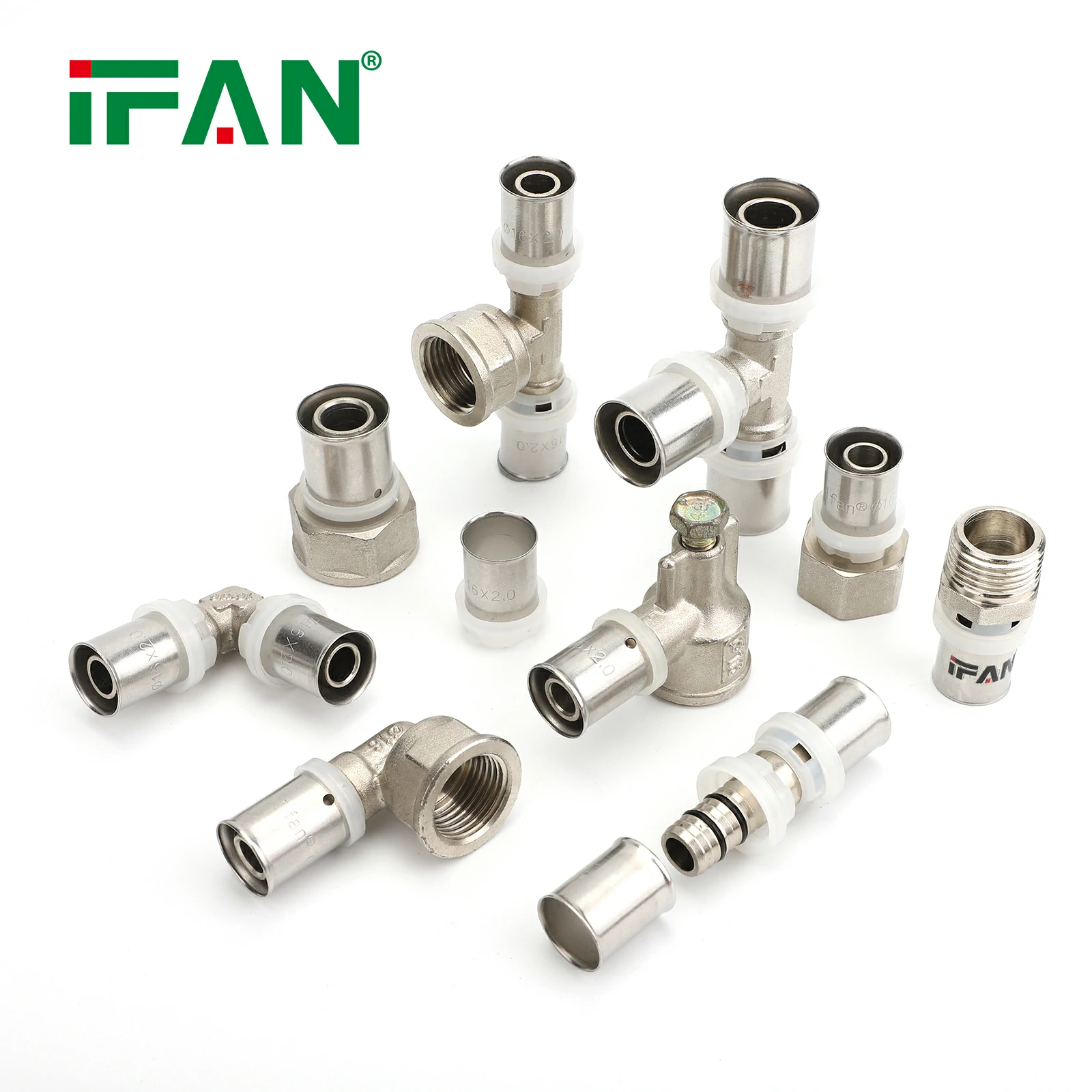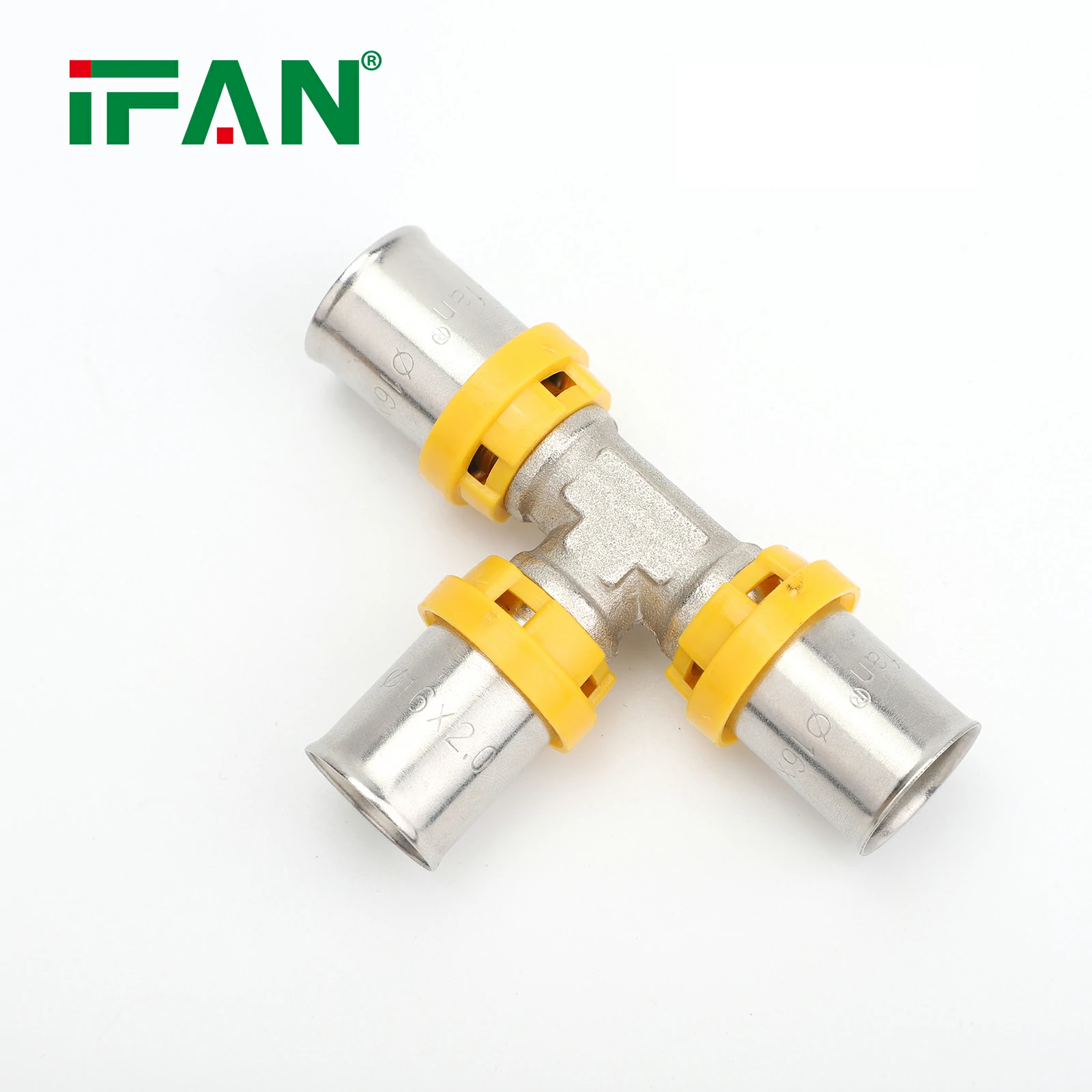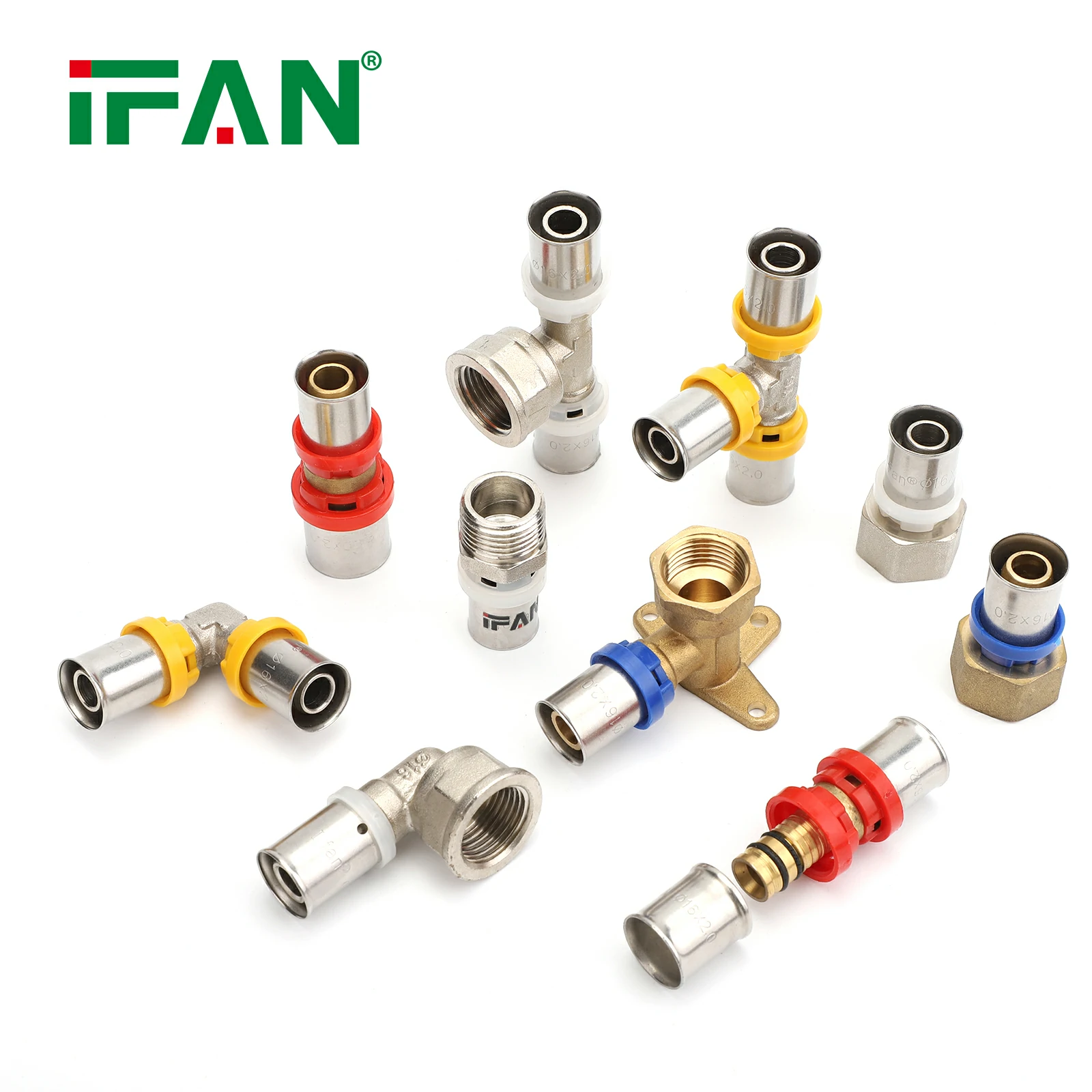Installing PEX pipe to a bathroom sink involves a few steps, but it can be done with some basic plumbing knowledge and tools. Here are the general steps:
- 1.Turn off the water supply to the sink.
- 2.Remove the old plumbing connections from the sink.
- 3.Cut a length of PEX pipe to the appropriate length using a PEX tubing cutter.
- 4.Install a PEX fitting onto the end of the PEX pipe using a crimping tool.
- 5.Connect the other end of the PEX fitting to the water supply line using a threaded adapter.
- 6.Install a shut-off valve onto the water supply line if there isn’t one already.
- 7.Connect the shut-off valve to the faucet using a flexible supply line.
- 8.Turn on the water supply and check for leaks.
It’s important to note that PEX pipe should not be exposed to direct sunlight and should be protected from freezing temperatures. Additionally, it’s important to use the appropriate PEX fittings and tools for the job. If you’re unsure about any aspect of the installation process, it’s best to consult a professional plumber.

